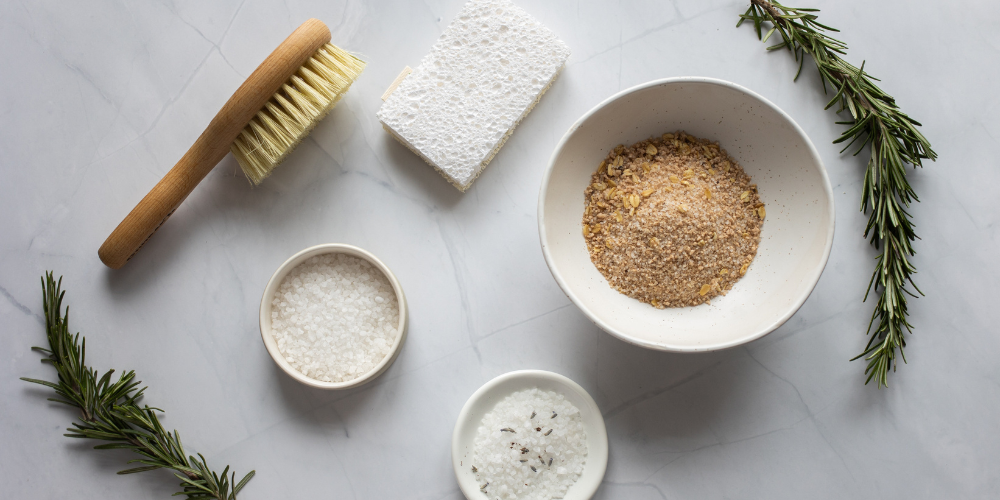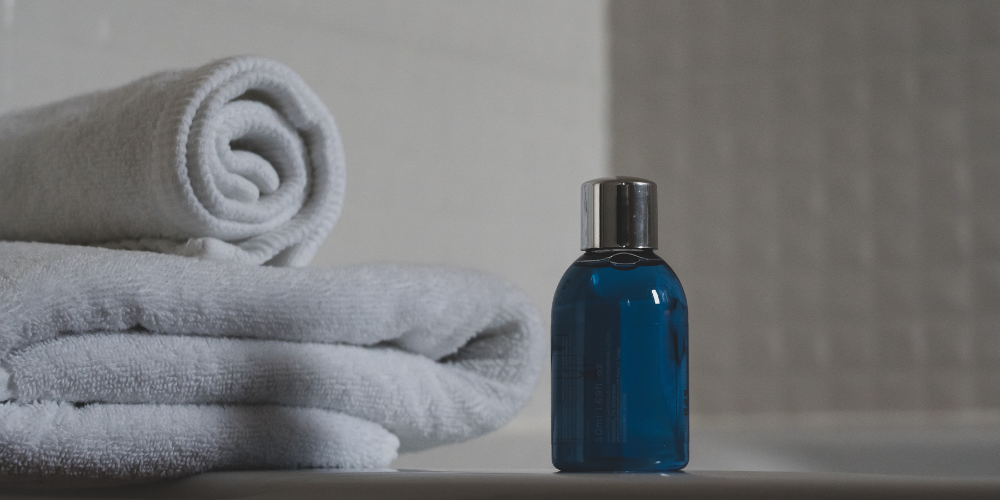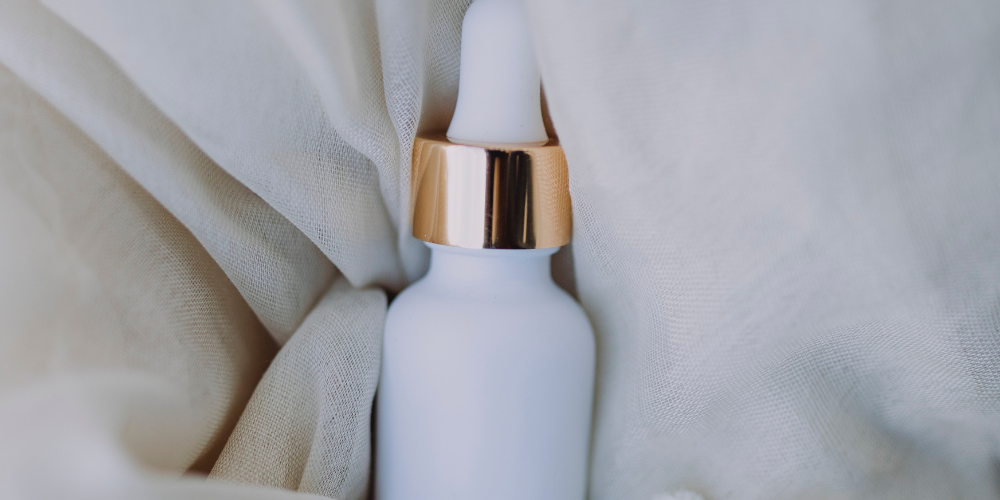
Hair thinning as you age due to hormonal shifts is perfectly normal, but that doesn’t mean you have to live with it. In addition to washing your hair with shampoo less frequently and using products without parabens or sulphates, there’s a new natural remedy that’s taking the Internet by storm: rosemary water.
Chances are, you’ve seen this natural trend on TikTok or Instagram Reels. But unlike many of the health-related videos on social media, there is evidence that rosemary water can actually promote hair growth. So, if you’ve noticed that your hair is thinning, you’ll likely have questions about the natural hair care remedy — luckily, we have the answers.

What is rosemary water?
You guessed it — rosemary water is water infused with the herb rosemary. While you may consume it in your mashed potatoes or Sunday pot roasts, it serves a whole different purpose when it comes to hair care. Rosemary water can be made at home or purchased from wellness and beauty companies.
If you’re eager to try making it yourself, all you have to do is cook a few bundles of rosemary leaves in distilled, purified water for many hours on low heat. After the water has been thoroughly infused, you’ll want to sift or drain out any of the remaining solids. Once it’s cooled, the rosemary water can be poured into a spray bottle for ease of use when applying it to your scalp. Rosemary water is essentially a tea that’s rich in antimicrobial properties that can improve the health of your scalp and hair.
Alternatively, add 10 to 15 drops of rosemary essential oils to boiling water and then let it cool.

How does it help with hair growth?
The studies investigating the use of rosemary extract and rosemary water for hair growth date back a decade, to 2013. One of the more well-known research studies revealed that mice with hormonal imbalances (high levels of testosterone) could regrow some hair with the application of rosemary oil. The study suggests that the rosemary extract stops Dihydrotestosterone (DHT), an androgen, from binding to the hormone receptors, which ultimately results in hair loss.
A study from 2015 compared the use of rosemary extract and minoxidil (otherwise known as Rogaine). The findings showed that both products helped participants regrow their hair with long-term application. However, rosemary extract is a much safer, chemical-free way to promote hair growth, as minoxidil is filled with active ingredients that aren’t safe for pregnant women. This means that rosemary water is a much safer option for people with sensitive skin or aversions to products chock full of chemicals.
Rosemary water may also be a superb option for people who struggle with dandruff, as its antimicrobial properties might help soothe the scalp and provide hydration.

How do you use rosemary water for hair growth?
There are three main ways that people apply rosemary water to their hair and scalp, but the best option for you depends on how you feel about the scent of rosemary.
If you love the smell, spraying rosemary water on your scalp and roots two or three times daily is perfectly safe.
Those who are sensitive to smells and don’t want to walk around smelling like the herb, which actually smells pretty pleasant, can use it as a rinse in the shower. To use rosemary water as a rinse, apply it after shampooing your hair and leave it for five minutes before using the conditioner.
Another easy way to use rosemary water for hair growth is by spraying it onto your scalp and roots before heading to bed. In the morning, upon waking up, you can rinse it off in the shower.
Because rosemary is a mild herb, it is safe for all hair types, but before using it on colour-treated hair, we suggest patch-testing before applying it all over your head.
Disclosure: We are a professional review and product rating website and mobile app that receives compensation from the companies whose products we review and rate. We are independently owned and the opinions expressed here are our own interpretations of a trusted source.
Rosemary Water for Hair Care: Everything you Need to Know was originally published in Think Dirty on Medium, where people are continuing the conversation by highlighting and responding to this story.